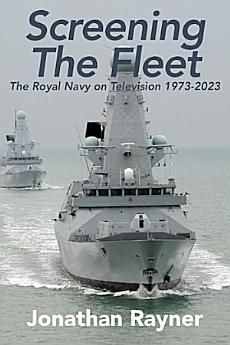Screening the Fleet: The Royal Navy on Television 1973–2023
About this ebook
The 1970s were a significant decade for naval representation on television, and saw the broadcast of two definitive series: the BBC’s drama series Warship and the acclaimed documentary series Sailor. These landmark series set the benchmark for naval representation in both realist and in fictional portrayals. They also set precedents for audience perceptions, and these have affected the production, and the reception, of the series on the Royal Navy that have followed.
Rayner’s work investigates how advances in technology allow programme makers to use new techniques in the spheres of naval drama and documentary. More recent series also need to balance the required conventions for any portrayal of the navy on television with the revelatory or iconoclastic approaches now expected by modern audiences.
In focussing on the changing portrayal of the Royal Navy on television, however, Rayner also surfaces how the Navy itself has evolved in the post-World War II world. The series analysed in Screening the Fleet also evidence the changing nature and increasing diversity of the naval community as a reflection of changing notions of Britishness.
Offering the first study of its type, this volume highlights evolving and emerging trends in factual and fact-based television programmes through their portrayal of a highly popular, patriotic and persistent subject over a fifty year period. It debates developments in television and documentary approaches using the representation of the Royal Navy, and its changing position in perceptions of British identity.
About the author
University of Sheffield, GB
https://orcid.org/0000-0002-




